AARP Hearing Center


You may not think a disaster can hit you, but a disaster of some sort can occur just about any place, at any time, with little or no warning. Garrett Sorensen knows that. His car was totaled when a powerful tornado hit Covington, Tennessee, on March 31: “The building I was in was destroyed and vehicles were moved up to 50 feet by the F3 [storm] that hit us directly. Luckily, we were all safe, but the damage is devastating.”
According to the NOAA National Centers for Environmental Information (NCEI), as of June 21 — just three weeks into hurricane season — nine confirmed weather/climate disaster events costing at least $1 billion each have hit the U.S. this year. Last year, there were 18 such occurrences, including winter storms, cold waves, droughts, heat waves, wildfires, tornadoes, floods, as well as hurricanes Fiona, Ian and Nicole.
Sorensen, a certified financial planner (CFP) at Marcum Wealth in Old Hickory, Tennessee, advises planning for disasters so your finances can recover as quickly as possible should a catastrophe strike. Also, if you’re badly injured, incapacitated or die unexpectedly, your preparations will enable your loved ones to respond.
Consider the following tips. A little planning may render some peace of mind, especially if weather-related events are common in your area.
1. Safeguard your vital documents
First, if you haven’t done so, assemble all of your financial, medical and legal documents. The Federal Emergency Management Agency (FEMA) offers the Emergency Financial First Aid Kit (EFFAK) to help you get organized. EFFAK offers a handy checklist and helpful suggestions for gathering these items, as well as medical information and forms. You’ll also find advice about managing finances, what to expect in a disaster, how to prevent identity theft and pet preparedness.
Be sure to place these materials in a waterproof and fireproof grab-and-go bag or backpack you can easily access, should you need to evacuate your home. Then, look for a safe place to store these materials outside of the affected area, such as the home of a friend or relative.
“If a disaster or other emergency strikes your community, you may only have seconds or minutes to react,” the agency writes in the kit’s introduction. “Once the threat of harm has passed, having your homeowner’s or renter’s insurance policy, bank account information, and other household records and contacts will be very important as you begin the recovery process.”
FEMA also offers an app (called FEMA, naturally) that you can download at Google Play or the Apple Store. You can use it to apply for individual assistance, check your application status, find emergency shelter, visit a disaster recovery center and find out what to expect when you apply for assistance. In addition, ready.gov and disasterassistance.gov offer helpful information.
2. Redundancy pays: Keep digital and paper files
Also, consider saving your EFFAK at a secure financial portal online. One example is Easeenet.com. There’s a free version, which offers secure encryption; a password manager with up to five logins; document storage and sharing; a legacy worksheet where you list important details you want others to know; and a legacy contact who may access your account in your absence. You can also store important documents securely with Google Drive, Microsoft OneDrive and Dropbox, among others.































.jpg?crop=true&anchor=13,195&q=80&color=ffffffff&u=lywnjt&w=2008&h=1154)



























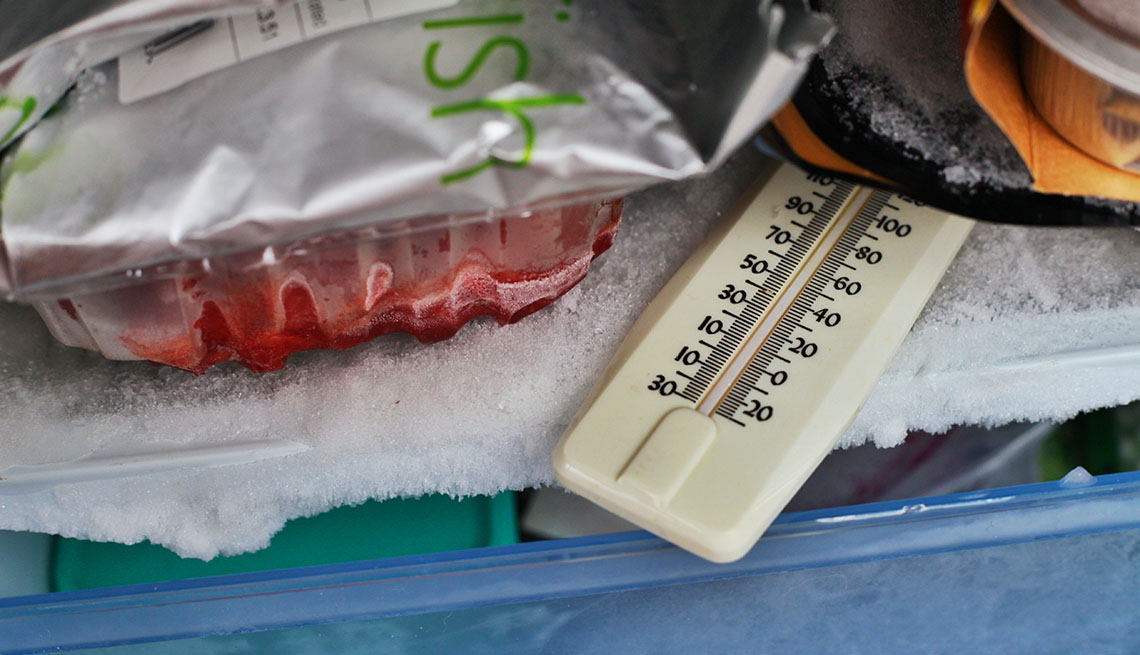
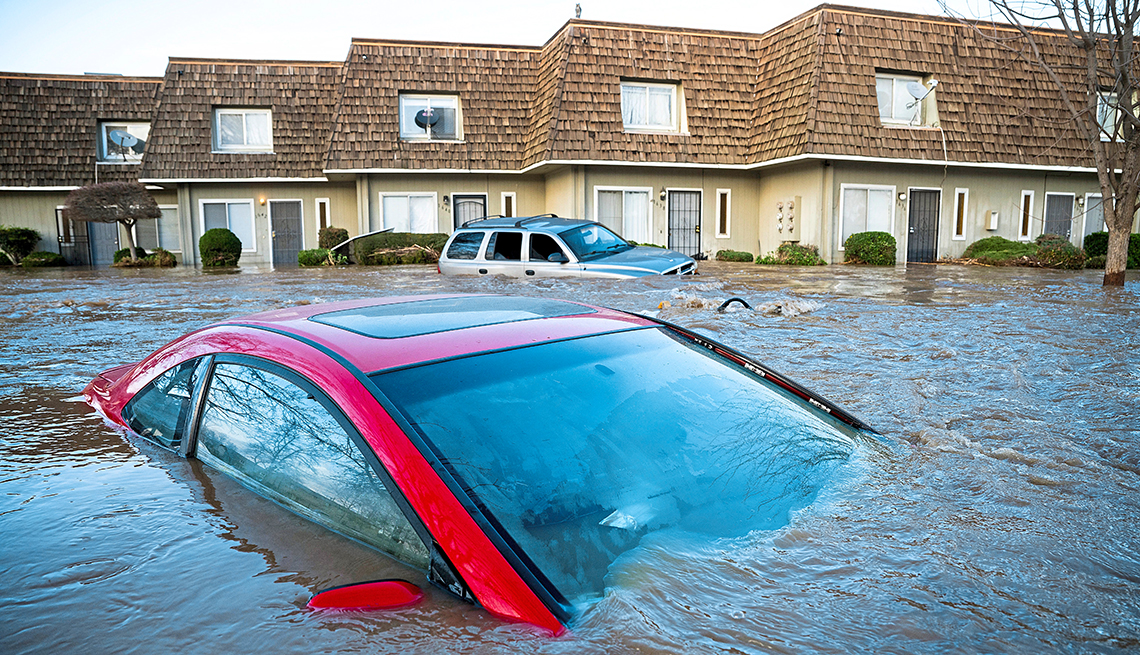
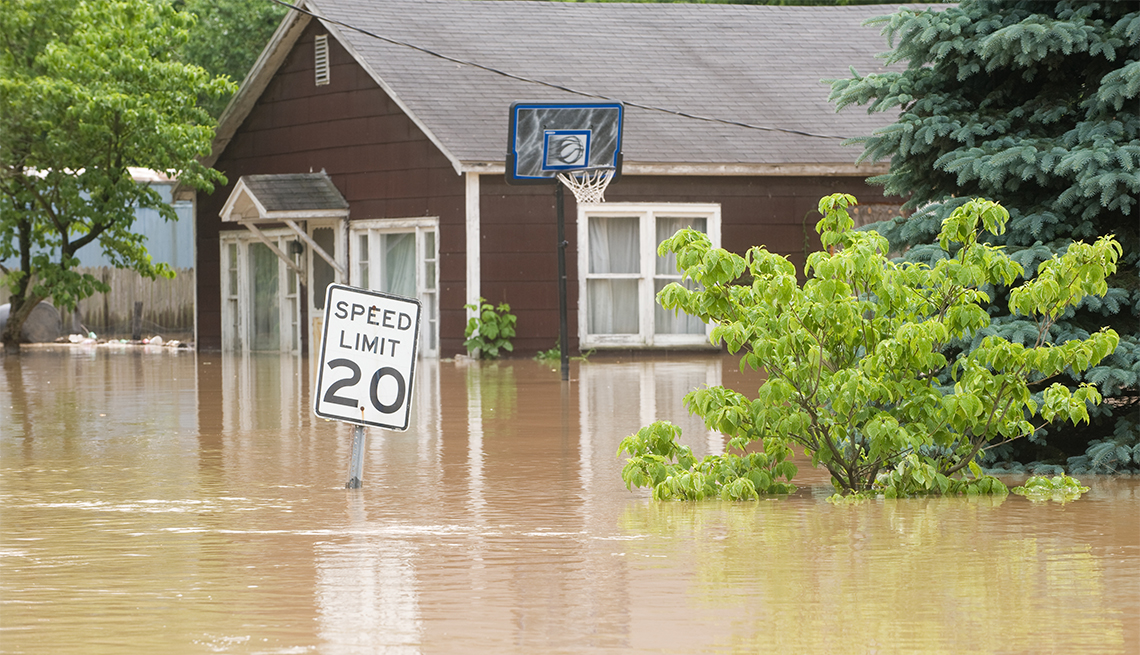
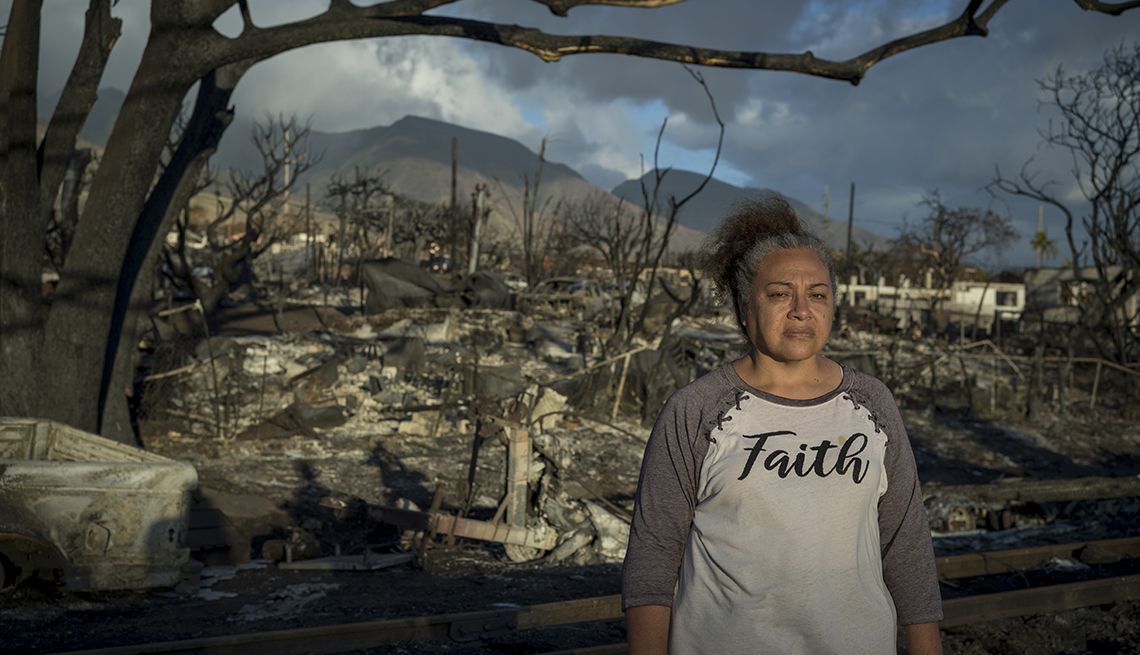

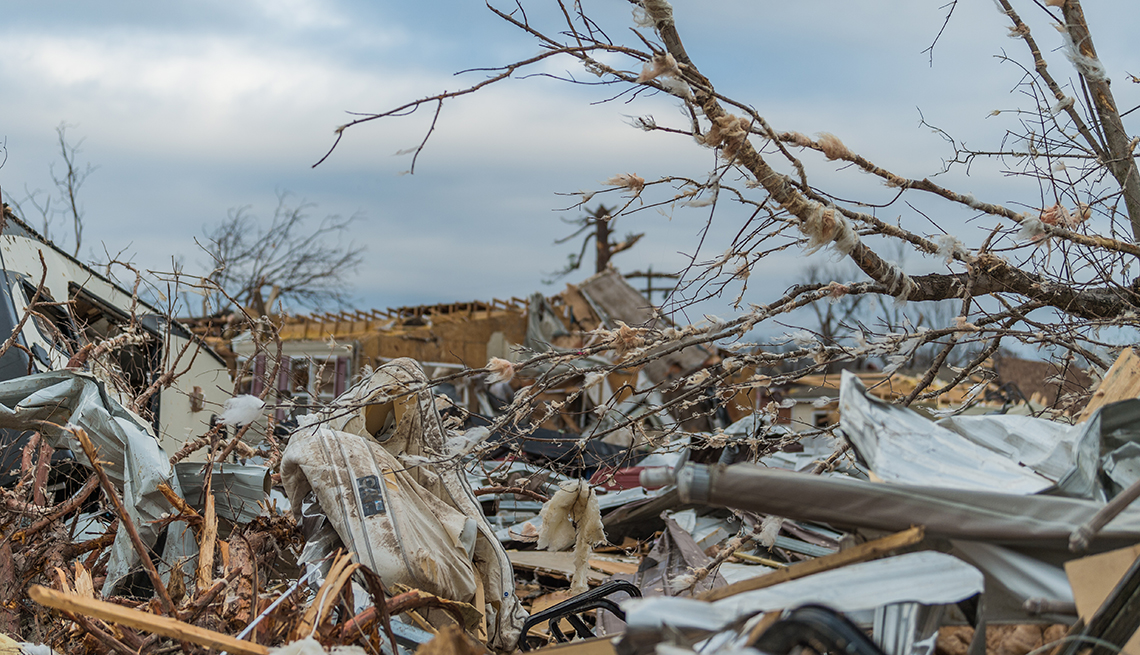
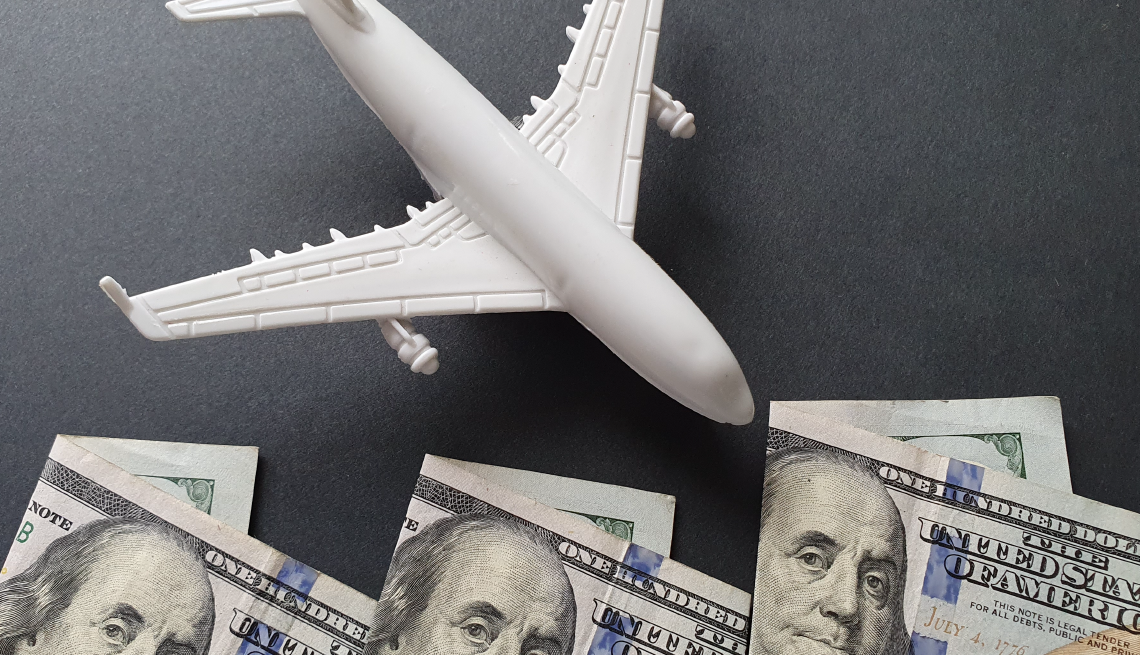




More From AARP
Tax Breaks for Natural Disasters
You can get more time to file, and deductions for your losses too
Essential Technology to Have During Natural Disasters
Free apps, affordable gadgets can help in an emergency